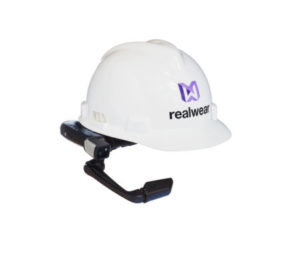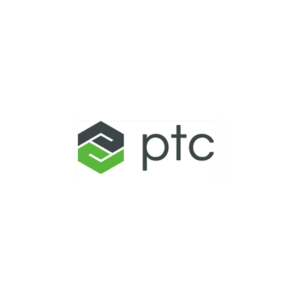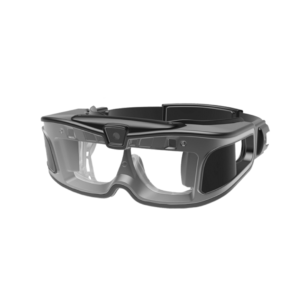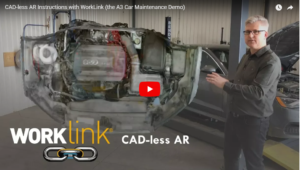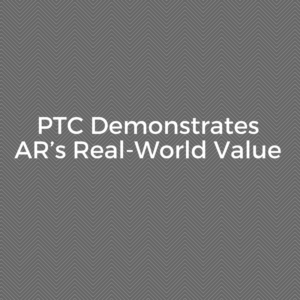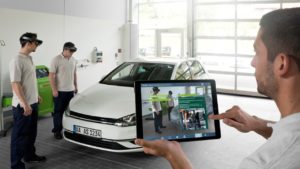The market opportunity for AR goes far beyond gamers or consumers and has the potential to disrupt the enterprise market of technical and skilled workers – from engineers to architects, to healthcare professionals.
The potential for the technology is perhaps best underlined by the fact that major tech industry players are committed to developing AR marketing. For instance, global tech brands such as Apple, Microsoft, Google, and Facebook are providing deep toolsets for developers to create apps targeting the use of AR.
Many have also quietly adopted the implicit assumption that a persistent, wearable artificial reality is the next big thing, according to Epson Singapore.
As AR adoption gains momentum and an increasing number of industrial applications being launched, some businesses are expected to start incorporating smart glasses into the core of their Internet of Things (IoT) systems, in their quest to enhance worker productivity and streamline backend operations.
According to Amy Kwa, regional manager of visual products at Epson Singapore, “Deploying AR will enable processes at work to be more efficient, by enhancing the reality of the user, so they can, for example maintain an engine or a complex electrical board in an intuitive and easy manner. They’ll be able to see the internal structure of a device and act on the information in real-time.”
Smart glasses have a wide variety of features that offer new AR experiences for a broad range of commercial and industrial market applications. For instance, Epson’s latest Moverio smart glasses offer video and can benefit several sectors, including healthcare.
The glasses have proven to be helpful for surgeons and clinicians, allowing them to fully concentrate on their patients by freeing them from manually handling data, allowing them to focus on complex tasks. Dentists have also been greatly assisted by smart glasses as they are capable of providing a precise heads-up overlay of their patient’s teeth. This allows them to have better hand-eye coordination and a more precise treatment time.
Augmented Reality through smart glasses
As smart glasses evolve to become a truly seamless experience that users interact with on a daily basis, one of the most important issues for developers of AR wearables is form factor. Future generations of smart glasses are expected to be equipped with Wi-Fi capabilities, stereo 3D graphics, and enhanced processing of images and audio.
The user’s choice of smart glasses will depend on their purpose. Key considerations include their ability to deliver digital information crisply and legibly, and also whether the smart glasses are comfortable, especially when worn for long hours.
For use in applications such as healthcare or at museums, galleries and tourist destinations, smart glasses have the benefit of enhancing the overall experience for visitors. With smart glasses and AR, background data on whatever the visitor is viewing can be shown in real-time as part of the tour they are experiencing.
In other applications, operators are using smart glasses in heavy industrial jobsites that may be hot and cramped. In situations like these, it is crucial that workers remain focused as any distraction could result in safety issues. The smart glasses, in this case, need to be in the form of a headset, secured with a firm headband, so that safety is guaranteed.
Looking ahead
According to Kwa, it is likely that adoption of AR technology will reach a tipping point this year. “Developers will launch innovative new apps to grow the commercial and consumer markets, and they will be working to overcome issues such as predictive head motion tracking to reduce ‘motion to photon’ latency, as well as the constraints on power and thermal factors necessary to keep the glasses cool.”
As smart glasses become the norm, we are likely to see them entering additional industries, such as fashion. Whether smart glasses appear on the catwalks of Paris and Milan or not, the potential for AR combined with wearables is huge.
“Following the personal computer, the Internet and the smartphone, AR and smart glasses are likely to be the world’s next transformative technology,” Kwa predicted.


